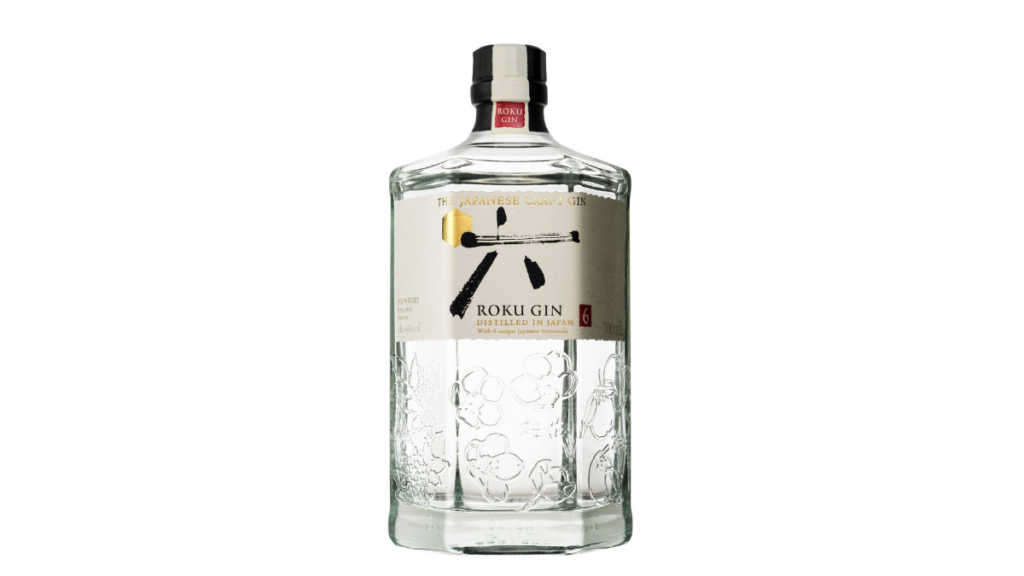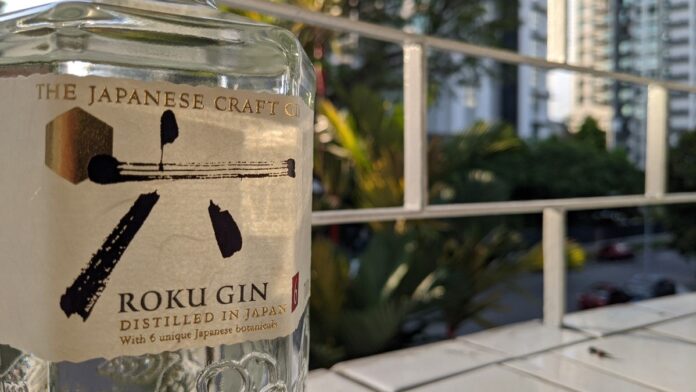Every time I have friends over for a drink (to comply with the restrictions around going out too much due to the pandemic), we usually stick to gin & tonics and nostalgic conversations. With my friends, however, the quality of the drinks matter more than the conversation.
One of the main requests from my gin collection is Roku gin, a popular Japanese craft gin. So when Beam Suntory asked us to try out their latest gins, we jumped at the chance to experience it and share our experiences with our audience.

I invited Travel Wanderlust’s co-founder over and we decided to give it a try, because a) it is delicious b) we wanted to be as authentic as possible, and c) we may enjoy alcohol a bit too much.
READ MORE: We speak to Penfold’s Sam Stephens about Asia’s love for wine
So let’s introduce our community to Roku gin, and explain why it is one of the more popular gins in the region.
Why is Japanese gin getting so popular?
First, let’s acknowledge that gin is super popular everywhere right now. There has been a surge in craft gins and gin cocktails throughout the world.
As brands have realised this is not a fad, but a huge shift in consumer behaviour, it has resulted in new gins being distilled on a regular basis. However, some of those that have stood out from the pack have been those from Japanese alcohol makers. It is not a complete surprise that people gravitate towards Japanese alcohols. Their attention to detail is well-known and amazing food and beverage culture definitely comes into the play with their alcohols.
The rise in popularity of Japanese whiskeys across the world was a strong indicator that once Japanese gins hit the mainstream it would be popular as well. While popular it still has some ways to go to take over from the more commonly known gins around the world.
The alcohol review
So without further delay, let’s jump straight into our review.

So what exactly is Roku gin? Roku actually means ‘six’ in Japanese, because it contains six specific Japanese botanicals; sakura flower, sakura leaf, yuzu peel, sencha tea, gyokuro tea and sansho pepper. These complement the traditional botanicals used in gin, namely juniper berry, coriander seeds, angelica root, angelica seed, cardamom seed, cinnamon, bitter orange peel and lemon peel.
Now, let’s get started on the review.
First reaction
I’ve been drinking a lot of Australian gins, so it had been a while since I had Roku gin. This was a good thing, as I was able to experience it all over again when I tried.
Just like Japanese whiskey, it is actually a very smooth gin and easy to drink. Taking it neat (no ice or mixer) is actually possible, but I do prefer it with a mixer like tonic or soda. For this particular taste test, we tried out the gin with soda and fresh lime.

There is a crisp element to your first sip and the lime complements the drink almost too well. However, the taste evolves as you continue to drink, showcasing its numerous Japanese botanicals.
The taste
So, as you continue to drink, you should start to lightly taste the notes of green tea citron and pepper.
What really stands out is the yuzu, which has a rich citrus flavour. Together with the orange peel and lemon peel, it is not surprising that when you get a strong citrus flavour and even aroma.
It’s as delightful gin and quite complex, as the juniper and other botanicals fight for a place. I cannot stress enough how smooth it is for a gin. Don’t be surprised by the slight spiciness from the peppers, but nothing alarming – just enough to let you know it is there.
How you should enjoy it
I am a bit of a traditionalist, so a gin and tonic is my go-to, but a gin and soda with lime, is a perfect alternative.
Roku gin is also a big favourite for fancy cocktails and makes a great base for a martini or negroni. I’ve also tried a gimlet made with Roku gin, which was quite good, but due to its complexity, it may not fit all cocktails and flavours.
So there you have it, our honest appraisal of the Roku gin. It is definitely worth the effort to explore the gins outside of the common brands, as it might surprise you.

